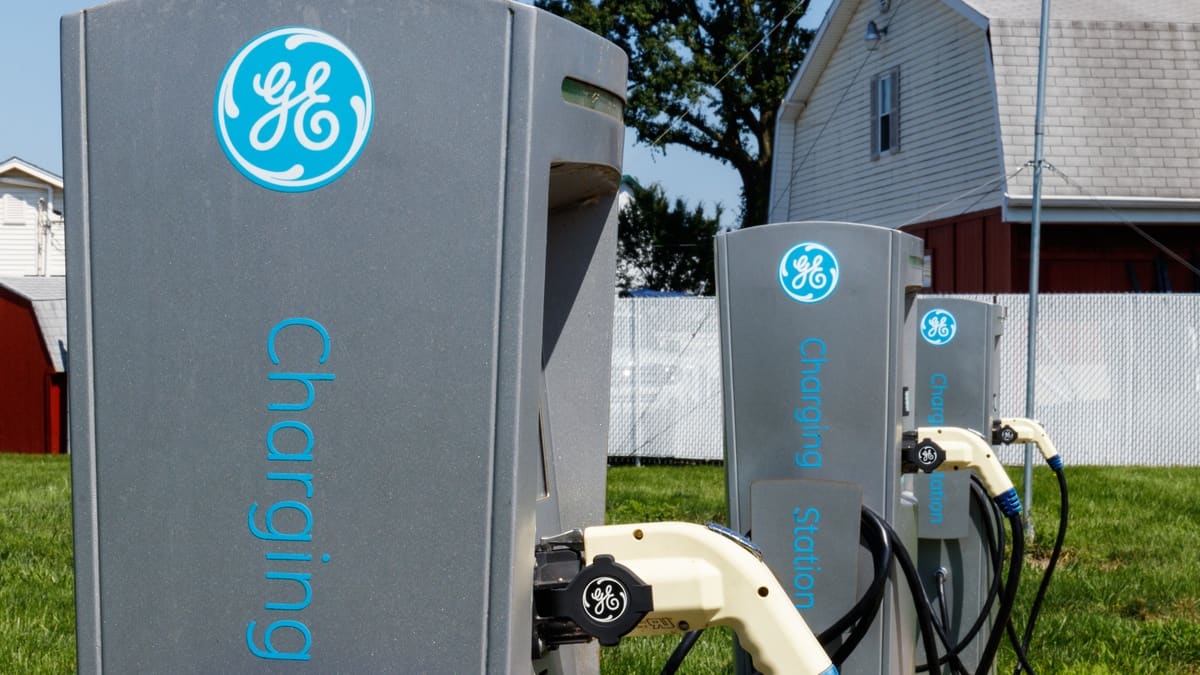The following are the top 20 green initiatives in electric vehicle charging infrastructure:
| No. | Initiative | Description | Impact |
| 1 | Integration with renewable energy: | Charging stations powered by solar panels, wind turbines, or other renewable sources. | Reduces reliance on fossil fuels and lowers carbon footprint of EV charging. |
| 2 | Second-life battery repurposing: | Utilizing retired EV batteries for stationary storage or new charging stations. | Extends battery life, reduces waste, and promotes a circular economy. |
| 3 | Smart charging and grid integration: | Optimizing charging based on real-time grid demand and integrating EVs as grid assets for V2G (Vehicle-to-Grid) power sharing. | Improves grid stability, reduces energy costs, and promotes efficient energy utilization. |
| 4 | Energy-efficient charging infrastructure: | Utilizing energy-saving technologies in charging stations and equipment. | Minimizes energy consumption during charging, further reducing environmental impact. |
| 5 | Sustainable materials and construction: | Using recycled materials and sustainable building practices for charging stations. | Minimizes environmental impact throughout the station’s lifecycle. |
| 6 | Planting trees and vegetation around stations: | Creating green spaces around charging stations to offset carbon emissions and improve air quality. | Contributes to urban greening and ecosystem services. |
| 7 | Promoting sustainable transportation options: | Integrating charging stations into public transportation hubs and walkable areas, encouraging multi-modal journeys and reducing car dependence. | Promotes sustainable transportation choices and reduces overall emissions. |
| 8 | Offering green energy plans for charging: | Partnering with energy providers to offer charging options powered by renewable sources. | Enables users to choose a greener charging experience and support the development of renewable energy infrastructure. |
| 9 | Carbon offset programs for charging: | Offering carbon offset options to users to compensate for the emissions associated with charging their EVs. | Allows users to mitigate the environmental impact of their charging and support carbon reduction projects. |
| 10 | Investing in research and development of clean charging technologies: | Supporting research on innovative charging methods like wireless charging or ultra-fast charging with lower energy consumption. | Paves the way for future advancements in sustainable and efficient EV charging solutions. |
| 11 | Promoting education and awareness about green charging: | Raising awareness about the environmental benefits of green charging options and encouraging user behavior change. | Empowers users to make informed choices and contribute to a more sustainable future. |
| 12 | Supporting green certification programs for charging stations: | Encouraging the adoption of green certification standards for charging stations, ensuring sustainability practices throughout their operation. | Promotes transparency and accountability in the development and operation of charging infrastructure. |
| 13 | Partnering with environmental organizations: | Collaborating with environmental groups to promote green charging initiatives and advocate for policies that support sustainable EV infrastructure. | Unites various stakeholders and strengthens the impact of green charging efforts. |
| 14 | Offering incentives for green charging: | Providing financial incentives or rewards to users who choose green charging options. | Encourages participation and accelerates the adoption of sustainable charging practices. |
| 15 | Developing green charging infrastructure in underserved communities: | Prioritizing the deployment of green charging options in areas with limited access to clean energy and sustainable transportation. | Promotes equity in access to clean transportation and reduces environmental burden on disadvantaged communities. |
| 16 | Promoting life-cycle assessment of charging infrastructure: | Evaluating the environmental impact of charging stations throughout their entire lifecycle, from construction to operation and decommissioning. | Identifies areas for improvement and promotes continuous sustainability efforts. |
| 17 | Supporting sustainable manufacturing of charging equipment: | Encouraging the use of recycled materials and energy-efficient processes in the manufacturing of charging equipment. | Minimizes the environmental footprint of charging infrastructure production. |
| 18 | Investing in green jobs and training programs: | Creating job opportunities in the development, operation, and maintenance of green charging infrastructure. | Promotes economic development while contributing to a greener future. |
| 19 | Engaging in community outreach and partnerships: | Collaborating with local communities to develop and implement green charging solutions that meet their specific needs and priorities. | Ensures community buy-in and fosters long-term sustainability of green charging infrastructure. |
| 20 | Advocating for policies that support green charging infrastructure: | Lobbying for policies that promote the development and adoption of green charging solutions, such as funding programs, tax incentives, and regulatory frameworks. | Creates a supportive environment for the widespread implementation of green charging infrastructure. |

